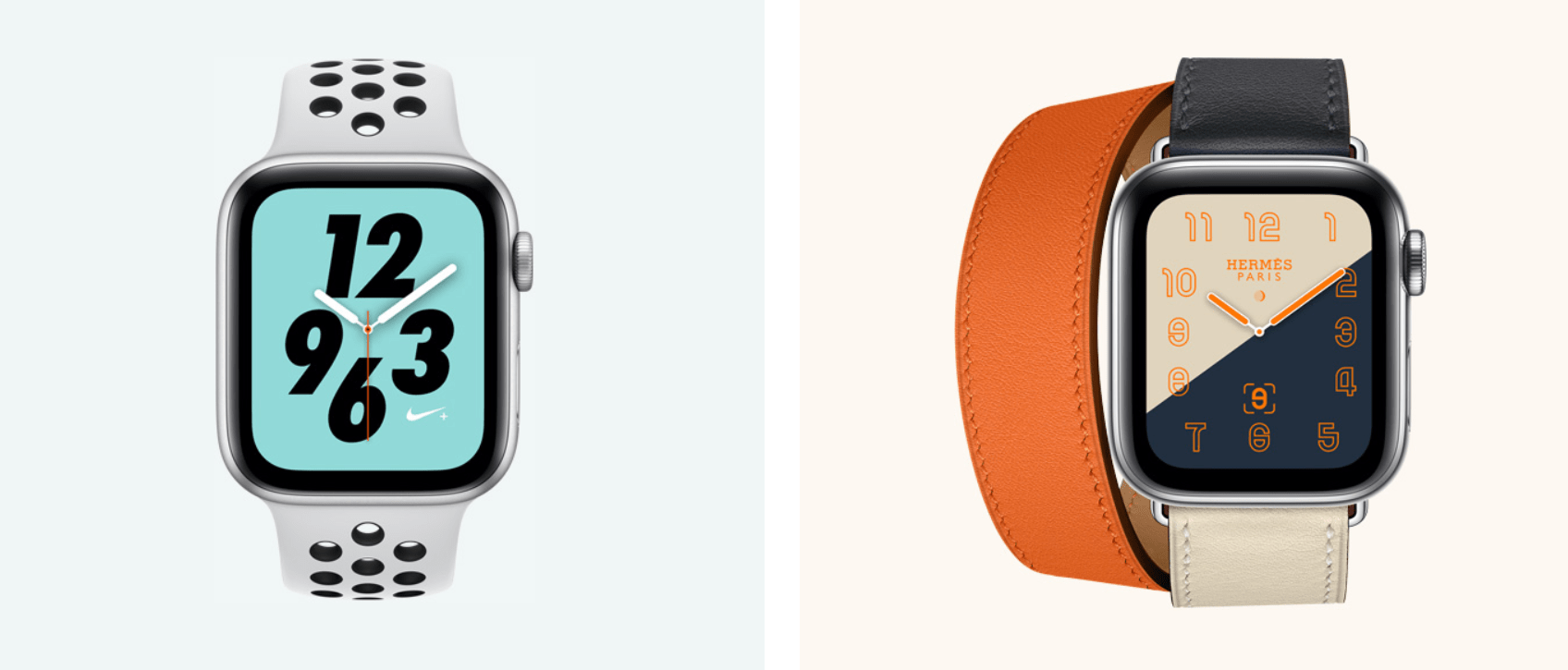Any links to online stores should be assumed to be affiliates. The company or PR agency provides all or most review samples. They have no control over my content, and I provide my honest opinion.
The new iPhone may get all the attention and they look beautiful but let’s face it, its just the same old with some insane price options (£1400+!).
I am a little more excited about the Apple Watch 4. The smartwatch scene has stagnated a little especially with Wear OS, this will hopefully improve with the Qualcomm Snapdragon 3100 but in the meantime, Apple is the ones pushing ahead with smartwatch innovation.
Inside the new Apple Watch 4, we see Apple transition to a new SiP (Silicon in Package) design with a new S4 SoC containing for the first time a custom Apple-designed CPU and GPU. They are a little coy about specifics but it is a dual-CPU that is 64-bit capable and is promised to perform twice as fast as it’s predecessors – which used Arm’s Cortex A7.

The S4 SiP includes a new accelerometer and gyroscope functionality that has 2x the dynamic range in terms of measurable values, as well as able to sample data at 8x the speed. What this allows Apple to do is to collect a lot more data at higher accuracy and try to determine the scenario that you’re in. For example, Apple claims the new watch is able to discern between falling, tripping and slipping just based on the movements that the person makes.
The screen has been improved considerably with a higher screen-to-body ratio on the watch and you now have more watch face options.
The crown has been updated to provide haptic feedback trying to mimic the “clicking wheel” feel such as in more mechanical dials, or more aptly, the clicking of a mouse wheel when you scroll with it. The haptics here is enabled not by the crown itself, but by a vibration motor inside the watch.

Perhaps the most interesting upgrade is the heart rate monitor which now includes ECG (electrocardiogram) functionality and is apparently the first device to do this with approval from the US FDA. It is a bit of a niche feature but it is a welcome addition and it will be interesting to see if it can be expanded further than ECG readings to more accurate day to day tracking.
The ECG is used to detect abnormal heart rhythms and can be used to diagnose common and serious conditions such as ventricular fibrillation.
The improved accelerometer, gyroscope and HRM, as well as the ability to swim with it, makes this quite an appealing sports watch for the casual athlete. Though it is unlikely to ever compete with Garmin and Suunto.
You will be able to order the new watch tomorrow for delivery on the 21st of September. The normal model is £399 or £499 for the cellular model. Series 3 costs £279/£379.
I am James, a UK-based tech enthusiast and the Editor and Owner of Mighty Gadget, which I’ve proudly run since 2007. Passionate about all things technology, my expertise spans from computers and networking to mobile, wearables, and smart home devices.
As a fitness fanatic who loves running and cycling, I also have a keen interest in fitness-related technology, and I take every opportunity to cover this niche on my blog. My diverse interests allow me to bring a unique perspective to tech blogging, merging lifestyle, fitness, and the latest tech trends.
In my academic pursuits, I earned a BSc in Information Systems Design from UCLAN, before advancing my learning with a Master’s Degree in Computing. This advanced study also included Cisco CCNA accreditation, further demonstrating my commitment to understanding and staying ahead of the technology curve.
I’m proud to share that Vuelio has consistently ranked Mighty Gadget as one of the top technology blogs in the UK. With my dedication to technology and drive to share my insights, I aim to continue providing my readers with engaging and informative content.






